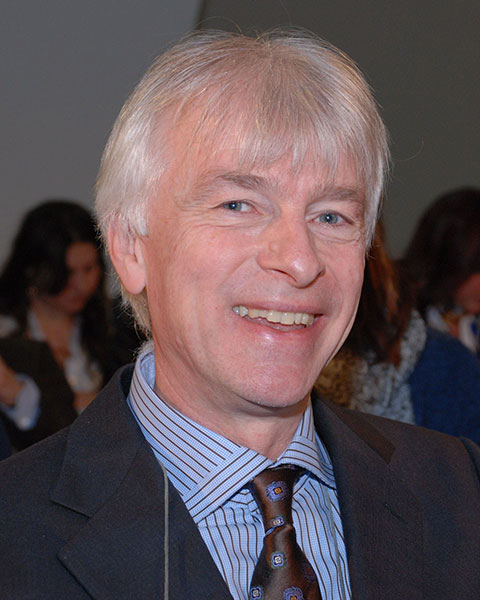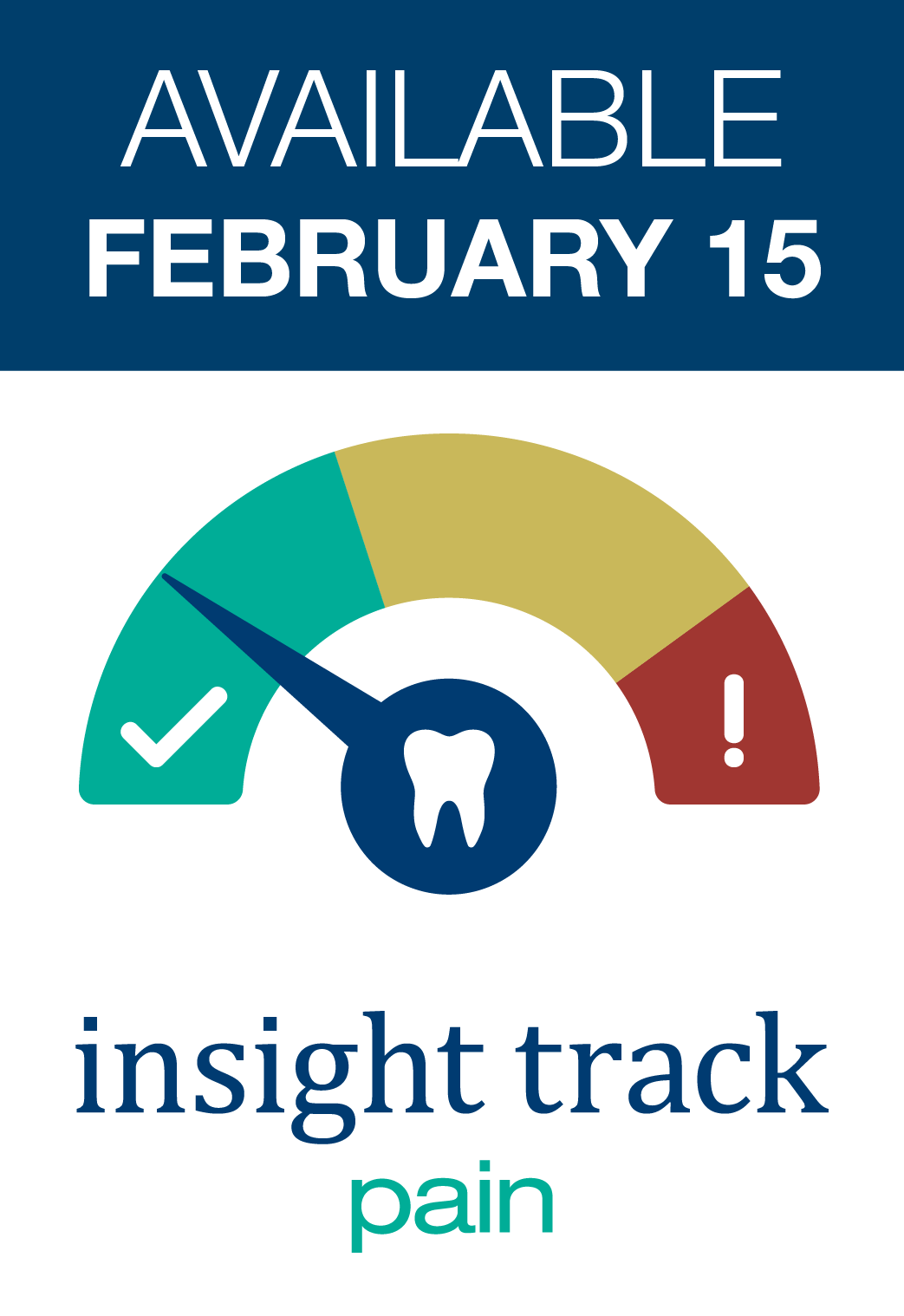
NS-13 External Cervical Resorption – Part 1 – Etiology, Morphological and Histological Complexity
CE: 1.5
Course Description:
Several research tools help to unravel ECR pathology and bring information together in a 3D understanding of ECR dynamics. The synergistic use of surgical microscopy, digital radiography, Cone Beam CT, Micro-CT, Nano-CT, scanning electron microscopy, hard tissue and soft tissue histology and immunohistochemistry helps to visualize the numerous morphological and histological changes. The formation of vascularized bonelike tissue as a substitute for resorbed enamel, cementum, dentin and the pericanalar root resorption resistant sheet (PRRS) is extremely complex. Also the bone turnover of the bonelike tissue can be proven and is a regular process occurring in hard tissue biology. The formation of intracanalar and intrapulpal reaction calcifications indicate a chronic pulp irritation. The portal(s) of entry and portal(s) of exit for ECR can be specified. The etiology of ECR is multifactorial. Most common causes are hypoxia inducing insults: walking bleach technique, orthodontic treatment, cementum damage induced by extraction of neighboring teeth, parafunction like bruxing or nail biting, cementum lesions related to eruption collision, cracks or invagination grooves, periodontal pathology and surgery, trauma and even viral infections.
At the conclusion, participants should be able to:
- Explain the morphological and histological dynamics of the external cervical resorption process (ECR).
- Describe the clastic cell activity, the pericanalar resorption resistant sheet (PRRS), the osseoid tissue formation and bonelike reparative tissue apposition in ECR lesions.
- Screen patients for the multifactorial etiology of ECR and become aware of preventive measures.
Key:

Paul Lambrechts, D.D.S., Ph.D
Paul Lambrechts is born in 1955. He followed Latin-Greek studies at the ‘St. Jan Bergmanscollege’ of Diest. He graduated as a dentist (DDS) in 1978 at the Catholic University of Leuven (KULeuven), Belgium and obtained his PhD at the same university in 1983 based on a thesis investigating dental composites: "Basic properties of dental composites and their impact on clinical performance". He’s a specialist in microscopic endodontics, but also in aesthetic restorative dentistry. Today, he is Emeritus Professor at the Department of Conservative Dentistry (KULeuven). He teached cariology and endodontics. Together with his successor, Prof. Simon Pedano he still participates in the 3 year program of the Master after Master/Postgraduate in Endodontology. He conducts research in endodontics, more specifically focusing on the development of a concept of minimal-invasive endodontic research, using 3D X-ray Micro-CT scanning, Nano-CT, Cone beam CT and Environmental SEM, towards new root-canal preparation and filling techniques. Advanced guided endodontics and navigation is actually under development. Revascularization and pulp regeneration is one of the new research challenges of his group, while the pathology of external cervical resorption is one of his favourite study topics. A randomized clinical trial on pulp revascularization is ongoing. Together with Prof. B. Van Meerbeek, he became in 2003 co-holder of the Toshio Nakao Chair for Adhesive Dentistry. He is (co-)promoter of several doctoral dissertations, and (co-) author of numerous publications (346) together with the Leuven BIOMAT Research Cluster. His h-index (Hirsch-index) is 75. He gives scientific and post-academic courses all over the world.
Paul Lambrechts, D.D.S., Ph.D
I declare that I have no proprietary, financial, or other personal interest of any nature or kind in any product, service, course, and/or company, or in any firm beneficially associated therewith, that will be discussed or considered during the proposed presentation.


